Hospital Management System
A Hospital management system is designed to take your health to the next level by integrating health and wellness into your services. With this system, you can securely store and access detailed client health records.
Hospital Management System
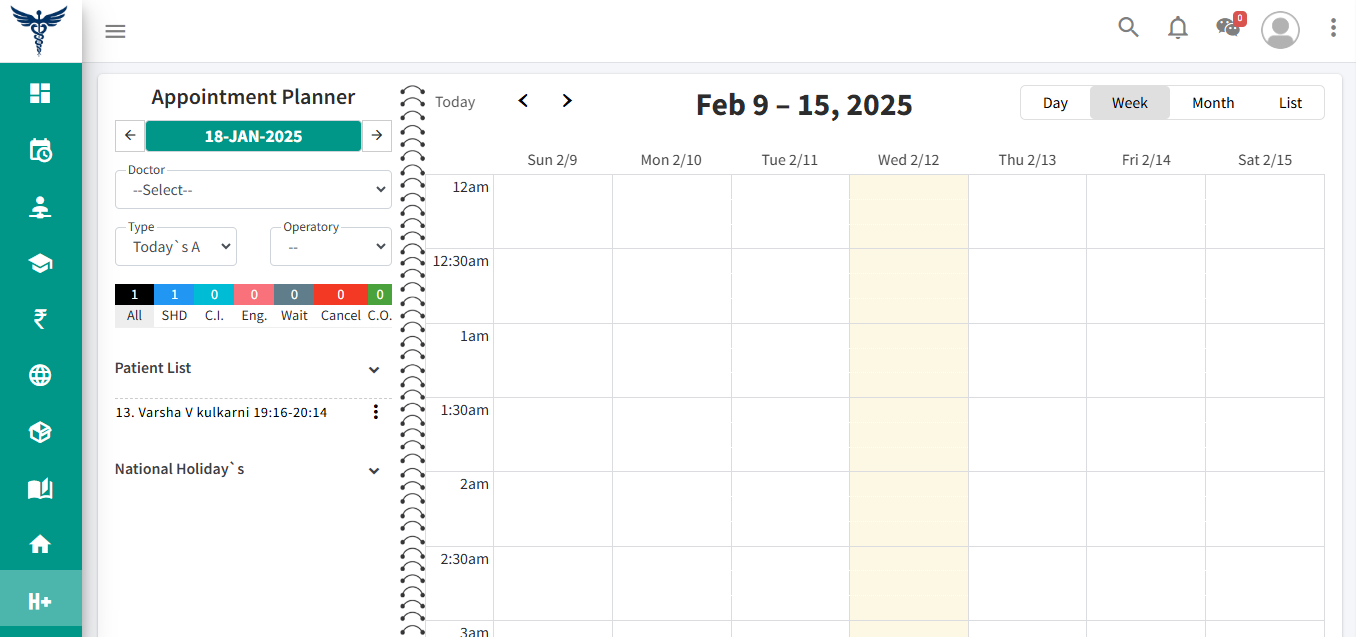
Comprehensive ERP features for Hospitals
-
Patient managementPatient registration, appointment scheduling, medical history tracking, and treatment planning.
-
Appointment plannerOnline appointment booking, staff availability, reminders, and calendar synchronization.
-
Out-Patient department - OPDOPD registration, appointment scheduling, doctor consultations, prescription management, and billing integration.
-
In-Patient department - IPDIPD admission, bed allocation, treatment tracking, surgery scheduling, and discharge management.
-
Treatment cardVisit-wise treatment card updates, patient findings, clinical history tracking, treatment progress monitoring, and completion status updates.
-
Next & Recall appointmentsAutomated next appointment scheduling, recall reminders, follow-up tracking, and patient notification system.
-
Image capturesCapture and store radiographs and clinical photographs with seamless integration into patient records.
-
Clinical historyStore and update patient clinical history for each doctor visit, including diagnoses, treatments, and progress notes.
-
Dental chartingComprehensive dental charting for perio, pedo, and restorative treatments, including condition tracking and treatment planning.
-
Prescription & Lab trackingLab test management, prescription tracking, results integration, and patient notifications.
-
Multiple branches managementCentralized multiple-branch management system for seamless administration and coordination.
-
FinanceSecure payment gateway, insurance billing, patient payments, and automated invoicing.
-
Patient billingAutomated patient billing, itemized invoices, insurance claim integration, and payment tracking.
-
HRMS & PayrollsComprehensive HRMS and payroll management for efficient establishment administration.
-
Employee attendance, Leaves & SalaryIntegrated employee attendance, leave management, and payroll processing system.
-
Employee task managementEfficient employee task management system for assignment, tracking, and completion monitoring.
-
Employee academic calendarsEmployee academic calendars for structured task planning and scheduling.
-
Employee performanceEmployee performance evaluation system with automated tracking and reporting.
-
Patient trackingReal-time patient status tracking, appointment history, treatment progress, and notifications.
-
IoT integrationsIoT integration with biometrics, GPS tracking devices, RFID, thumb scanners, Wacom signature pads, webcams, and answer sheet scanners for enhanced automation.
-
Website builderIntegrated website builder for hospitals with ERP connectivity for real-time report updates.
-
Patient educationPatient education videos displayed in the reception area to inform and engage patients about treatments and oral health.
-
Operation Theater (OT) managementOT scheduling, surgery planning, equipment tracking, sterilization management, and post-operative care monitoring.
-
Emergency & Casualty management24/7 emergency registration, triage management, ambulance tracking, critical care coordination, and rapid admission processing.
-
Real-Time schedulingInstant appointment booking, real-time availability updates, and automated scheduling adjustments.
-
Insurance integrationSeamless insurance verification, claims processing, coverage tracking, and billing integration.
-
Patient Feedback & Survey managementAutomated feedback collection, patient satisfaction surveys, complaint tracking, rating system, and performance analytics.
-
Inventory stock managementEfficient inventory and stock management system for tracking and maintaining supplies.
-
Income & expendituresComprehensive income and expenditure register for tracking daily financial transactions and expenses.
-
Patient portal & Mobile appSecure access to medical records, appointment scheduling, test results, and prescription refills.
-
User role rightsCustomizable user role management with defined access rights and permissions.
-
Hospital Infrastructure planningGraphical representation of building floors and classrooms for patient IPD allotments.
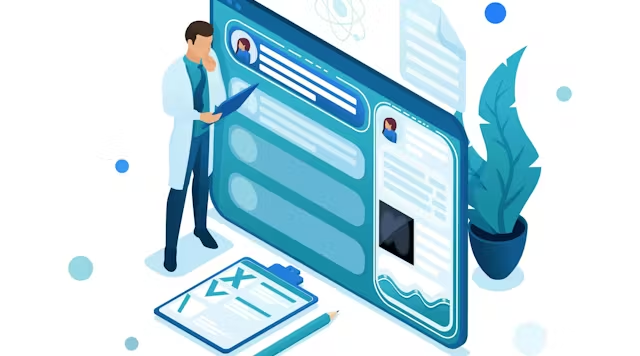
Patient Records
Patient Records contain comprehensive information about an individual's medical history, diagnoses, treatments, and outcomes
Maintaining organized and up-to-date records ensures better care, improves customer satisfaction, and complies with regulatory requirements
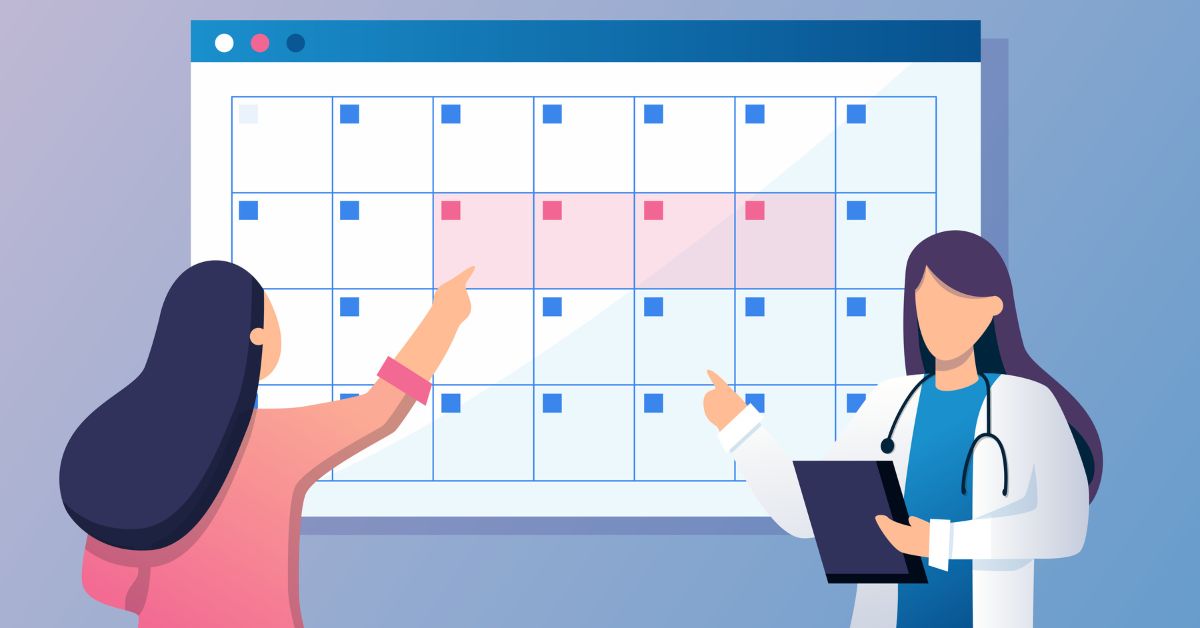
Appointment Planners
Appointment Planners are essential tools designed to help individuals and businesses manage their time effectively by scheduling and organizing appointments.
These systems are commonly used in a variety of settings, including medical practices, beauty salons, corporate offices, schools, and even personal use, to ensure efficient management of schedules and avoid double-bookings or missed appointments.
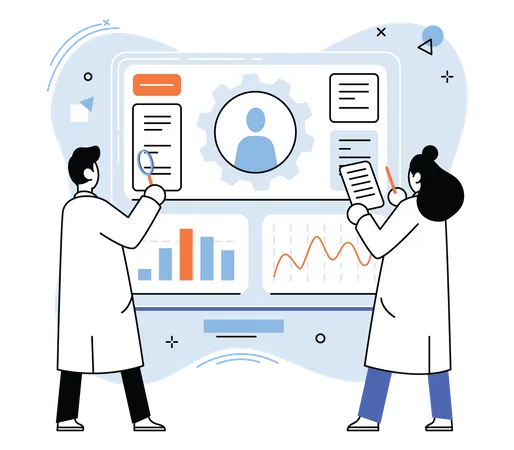
Dashboards
Powerful visual tools that display key data and metrics in a concise and intuitive manner, providing real-time insights for effective decision-making.
Dashboards are powerful tools used to visualize, organize, and monitor key performance indicators (KPIs) and other important data. These interactive, real-time displays consolidate complex information from various sources into one central view, allowing users to quickly analyze data, identify trends, and make informed decisions.
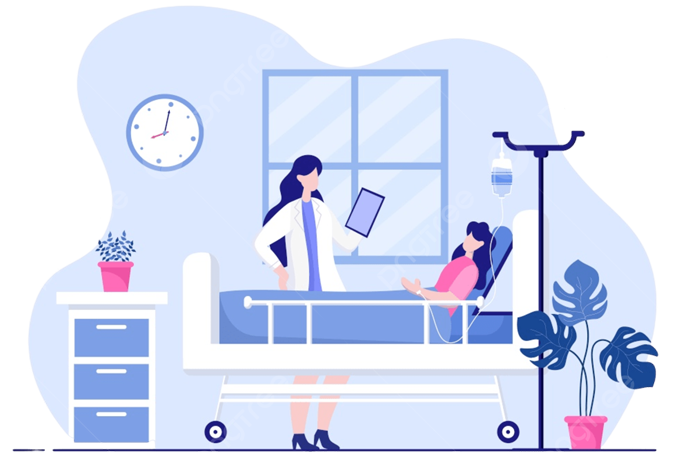
IPD Management
It plays a crucial role in ensuring the smooth operation of healthcare institutions and the delivery of quality healthcare services. IPD management involves coordination across different departments, such as medical, nursing, billing, pharmacy, and support services, to ensure patient needs are met effectively and efficiently.
The goal of IPD management is to optimize patient care, reduce errors, improve operational efficiency, and ensure that healthcare providers comply with regulations and standards.

OPD Management
OPD (Outpatient Department): The department within a healthcare facility where patients receive medical consultation, diagnosis, and treatment without requiring overnight stays.
OPD services are essential for managing a large volume of patients and ensuring that they receive timely, efficient, and quality healthcare.
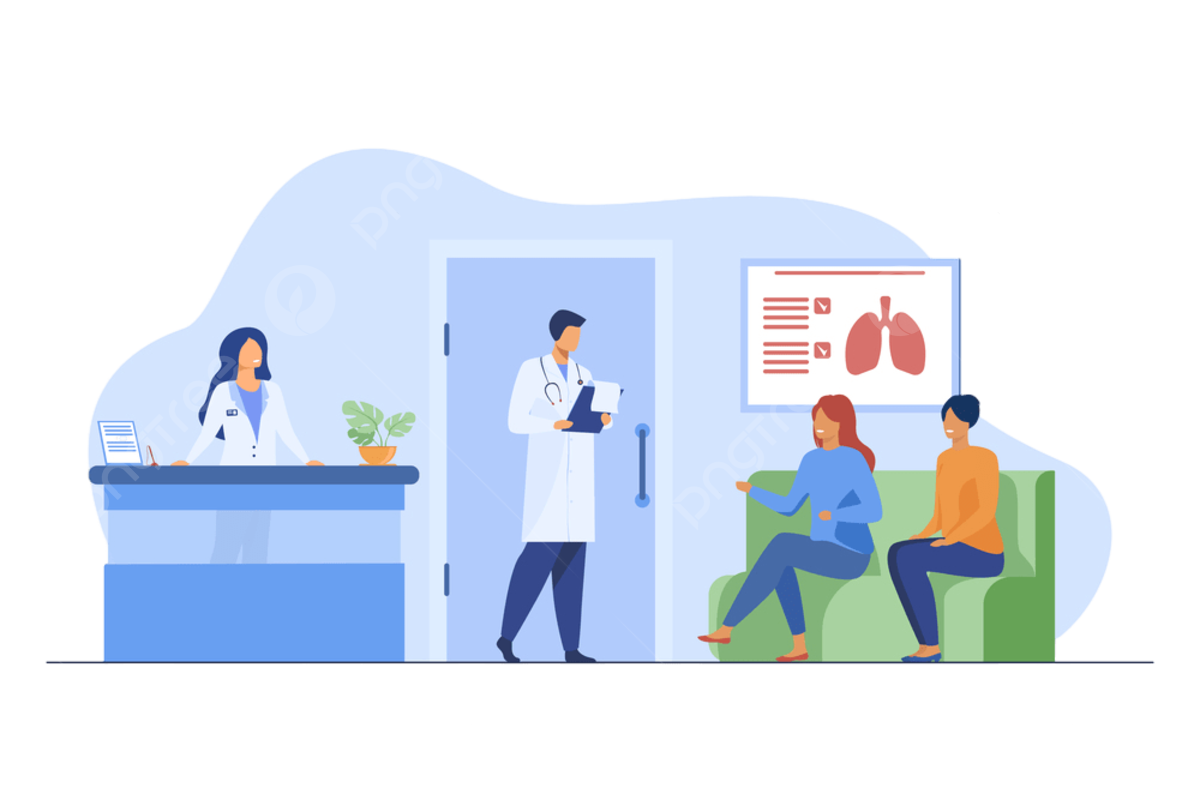
Patient Waiting Room Management
The waiting room is one of the most important areas in a healthcare facility, as it is where patients spend a significant amount of time before their consultations.
Effective patient waiting room management is essential for improving patient satisfaction, optimizing the use of healthcare resources, and ensuring that the entire visit experience is as smooth and efficient as possible.
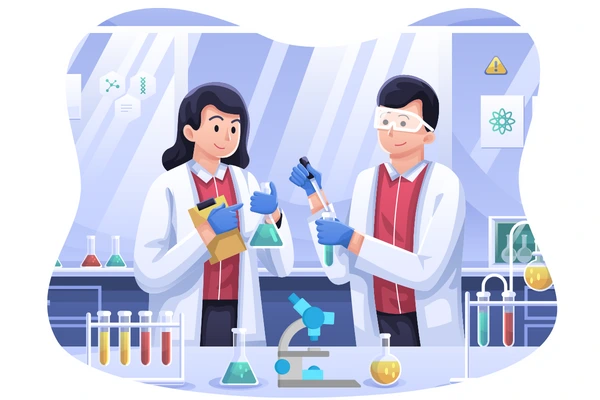
Pathology Labs
Pathology labs play a critical role in modern healthcare systems by providing essential diagnostic services that help healthcare providers make informed decisions about patient care.
Pathology labs are specialized medical facilities where laboratory tests are conducted to diagnose diseases and monitor patient health. These labs analyze blood, urine, tissues, and other biological samples to detect infections, chronic illnesses, and genetic disorders.
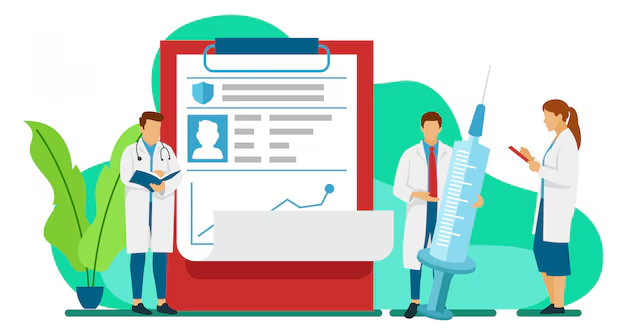
Clinical Records
Clinical records are detailed documents that contain a patient’s medical history, diagnoses, treatments, and healthcare interactions.
They include physician notes, laboratory results, imaging reports, prescriptions, and hospital discharge summaries. Clinical records can be maintained in physical files or electronic health record (EHR) systems, ensuring accessibility and continuity of care across different healthcare providers.
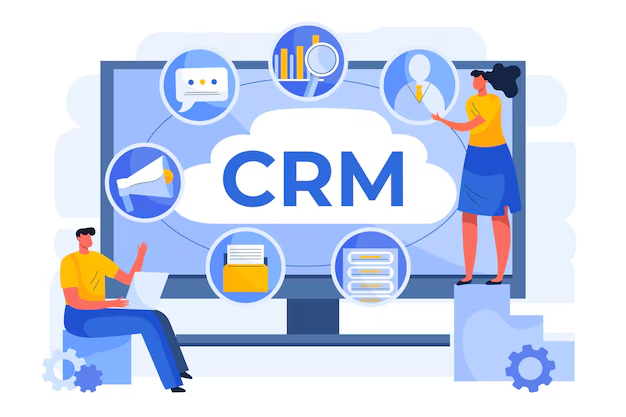
Website CRM - Create your own website
Creating a website with a CRM (Customer Relationship Management) system is a valuable asset in Health Care Management. It allows them to showcase their services.
It helps businesses streamline communication, track customer interactions, and automate tasks while maintaining an online presence. Users can design their websites with customizable templates, manage content, and optimize for search engines.